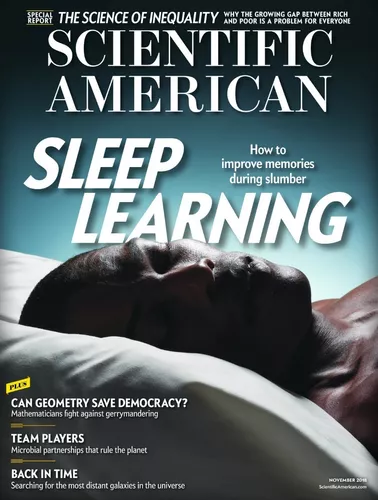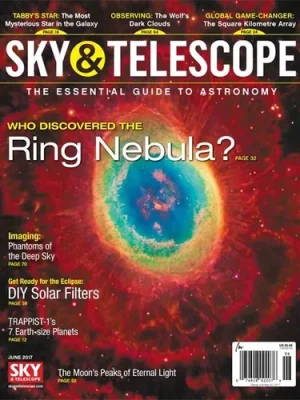Revista Scientific American Noviembre 2018. Inglés
$29.500
Disponibilidad: 1 in stock
Revista Scientific American Noviembre 2018. Inglés
ISSN: 0036-8733
Descripción
You Really Can Learn in Your Sleep
Experimental techniques demonstrate how to strengthen memories when our brains are off-line
In Aldous Huxley’s Brave New World, a boy memorizes each word of a lecture in English, a language he does not speak. The learning happens as the boy sleeps within earshot of a radio broadcast of the lecture. On awakening, he is able to recite the entire lecture. Based on this discovery, the totalitarian authorities of Huxley’s dystopian world adapt the method to shape the unconscious minds of all their citizens.
How Cooperating Microbes Shaped Life on Earth
Microbial partnerships turn out to be more common and influential than scientists could have ever imagined
Half a mile below the surface of the ocean, off the coast of Oregon, the Alvin submersible’s headlights flicker on to reveal a colorful oasis. Plush carpets of white, yellow and orange microbes cover the seafloor, punctuated by fields of clams and mussels. Red rockfish watch the vessel warily with bulbous milky eyes, while bubble plumes belch from mounds of chalky, variegated rock. The halo of illumination draws visitors forward like a lure, exposing this alien terrain bit by unexpected bit while obscuring its true extent.
Revista Scientific American Noviembre 2018. Inglés
ISSN: 0036-8733
Descripción
You Really Can Learn in Your Sleep
Experimental techniques demonstrate how to strengthen memories when our brains are off-line
In Aldous Huxley’s Brave New World, a boy memorizes each word of a lecture in English, a language he does not speak. The learning happens as the boy sleeps within earshot of a radio broadcast of the lecture. On awakening, he is able to recite the entire lecture. Based on this discovery, the totalitarian authorities of Huxley’s dystopian world adapt the method to shape the unconscious minds of all their citizens.
How Cooperating Microbes Shaped Life on Earth
Microbial partnerships turn out to be more common and influential than scientists could have ever imagined
Half a mile below the surface of the ocean, off the coast of Oregon, the Alvin submersible’s headlights flicker on to reveal a colorful oasis. Plush carpets of white, yellow and orange microbes cover the seafloor, punctuated by fields of clams and mussels. Red rockfish watch the vessel warily with bulbous milky eyes, while bubble plumes belch from mounds of chalky, variegated rock. The halo of illumination draws visitors forward like a lure, exposing this alien terrain bit by unexpected bit while obscuring its true extent.
Related products
-
Libros, revistas y cómics
Revista Artist Magazine | 03/19 | En Inglés
Rated 0 out of 5$43.500 Add to cart -
Libros, revistas y cómics
Sky & Telescope # 6/2017 – The Essential Guide To Astronomy
Rated 0 out of 5$32.000 Add to cart -
Libros, revistas y cómics
Electronic Structure Calculations For Solids And Molecules
Rated 0 out of 5$394.500 Add to cart







